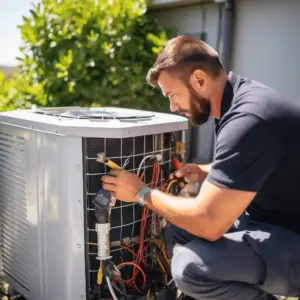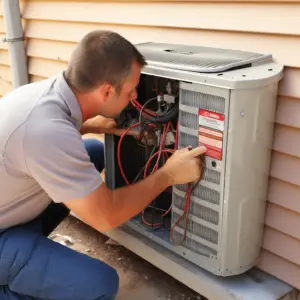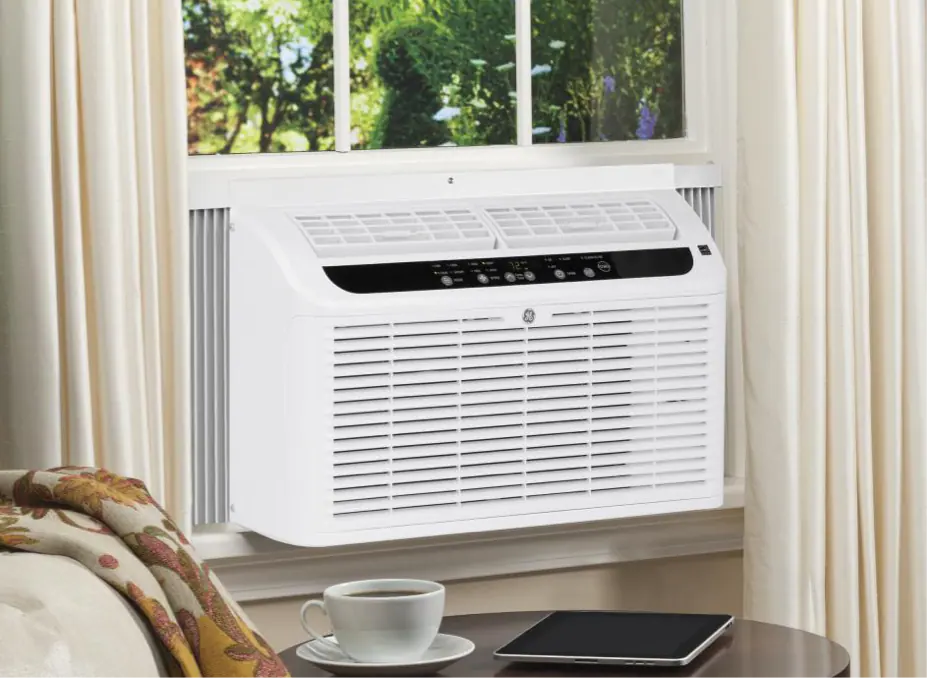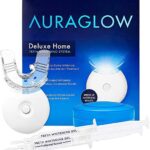Central AC troubleshooting solutions is no fun to realize that your air conditioner isn’t functioning correctly during summer. Reliable cool air is paramount. Life can be miserable if your central AC isn’t blowing cold air.
There are multiple reasons for a malfunctioning central AC system like low refrigerant levels, a malfunctioning thermostat, dirty filters or compressors. While many of these problems require the help of an expert, some are easy to fix by yourself.
This write-down will help you detect the problems with your AC system, take you through various ways you can troubleshoot them, and inform you of the particular issues that require a professional.
Table of Contents
Why Your Central AC Runs Without Blowing Air and Possible Solutions

The Central air conditioning unit’s compressor lasts about 10 years before it wears out. However, if your AC unit isn’t old, a few troubleshooting tricks can make it functional. Take a look at the causes of why your central AC isn’t working and the solutions.
Power Source
To kick on the motor, your AC pulls a lot of power which might cause the initial power surge to trip the breaker or blow a fuse.
Solution
Try to reset the breaker and turn the AC on again to see if the issue will resolve. Double-check if the motor has a built-in overload switch that needs resetting.
Lastly, recheck whether the power cord connects to the socket.
Clean the Filters or Replace
Filters prevent dust from recirculating into the house.
The Central AC unit depends on easy access to circulated air to return refrigerated air to the house. The motor may overheat and shut down if it doesn’t suck sufficient air.
Solution
So, if you cannot see through your filter, or it is brown or gray, ensure you clean and scrub them thoroughly if it is washable. If not, replace it with a new one before turning on your AC.
Unplugged Air Handler
If the compressor outside your home is running, but your air handler doesn’t, you must double-check whether it is on and receiving power. Maybe there might be a switch on or close to the unit that is off accidentally.
Additionally, two scenarios can cause the air handler to run without blowing air:
- Broken AC blower belt
You can detect this issue if the motor runs without moving any air. It is an issue you can fix if you’re a DIY-savvy homeowner. Nevertheless, it involves reopening the air handler and parts replacement which requires professional intervention.
- Motor issue
If the air handler is buzzing without making the mechanical sounds of a motor running, the issue is probably with the motor itself. In this case, you need professional help.
Also, it is essential to check your breaker box to ensure it is in place.
And if all these factors don’t fix your air handler running, the problem might be your condensate pump switch, which in many cases requires a professional.
Examine Your Thermostat
Several reasons can trigger thermostat malfunctioning.
In some cases, low power drawn from the batteries may cause improper functioning.
Therefore, if your thermostat uses batteries, try replacing them regardless of the screen and indicators still working to see if it will respond to the controls again.
Double-check the wiring connections on the thermostat’s backplate if it doesn’t solve the issue. First, remove the faceplate from the thermostat to allow access to all wiring connections.
The upgraded thermostat that uses Wi-Fi/Smart Thermostat requires a standard wire as a power source, referred to as the “C” wire. If not in place, then you need to add one.
To troubleshoot your thermostat issue, ensure that you do correct calibration even though it is a high-tech thermostat using SMART technology.
Calibration is paramount for the efficient function of the thermostat because it tells your home’s AC unit to turn on when it reaches a particular temperature.
With proper calibration and your AC doesn’t function, try to turn the cooling setting lower than usual to kick start the unit to run cold air for a while.
The automatic settings can hinder the system from running whenever you want it to, shift to a manual mode or override the temperature setting to get the system to blow air once again.
If these things mentioned above don’t get the problem fixed, then it is a sign that your thermostat, motor, and compressor are most likely to be faulty and hence need a replacement, which calls for a technician.
Low Refrigerant Level

The AC unit may not have enough chemical coolant (Freon) to blow cold air into the house. Usually, the amount of coolant doesn’t reduce over time, and if it does, it would be best to get the leakage fixed.
Solution
However, never attempt to fix this issue on your own, for the chemical is EPA regulated; thus, only licensed technicians are allowed to handle it.
Dirty Compressor/ Blocked by Debris
The central AC unit consists of the condensing motor (inside the house) and the compressor (outside the house). Check your compressor to ensure its interiors are free of leaves and dirt.
Solution
If any vines are growing on the unit, remove them for smooth operation. Remove toys and towels from the top of the AC unit for the fans to operate efficiently without overheating.
During winter, prevent debris or snow from piling up inside the unit by covering the compressor tightly.
Clogged Drain
A Central AC system’s work is to blow cool air while removing humidity and moisture from the house. Each unit has a drain line to remove the excess water, but because the pipes aren’t flushed regularly, debris and other algae may build up, preventing moisture from draining.
Sometimes, the drainpipes may shift out of place, sending moisture to the surrounding areas instead of into the pan.
Solution
Because you don’t want the AC unit to allow filthy water backflow into your house, get a pro to troubleshoot this issue.
It is paramount to do regular checks of your unit’s drains.
How to Prevent Central AC from Running without Blowing Air
Like any other machine, your central AC needs proper maintenance. Change filters regularly, and have its other components periodically examined by a professional. It would be best to have your HVAC system maintained twice annually -(spring and fall).
Correct maintenance keeps your unit working efficiently and reduces the risks of unexpected breakdowns and costly issues in the future.


